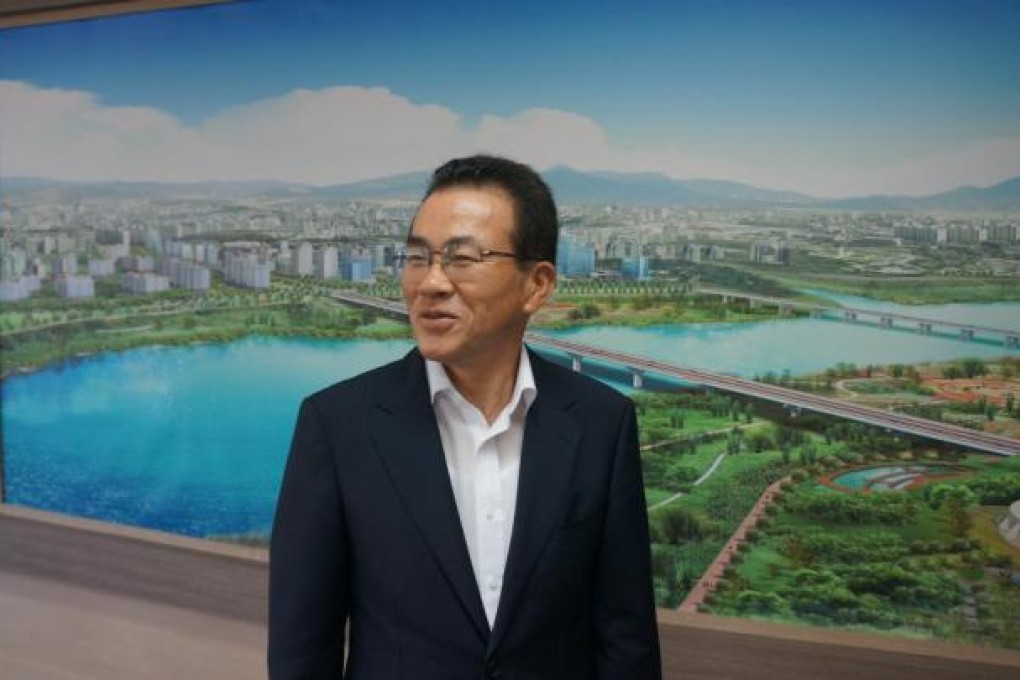Sejong City rises as the country's next capital
Discovery Reports

Building a capital from the ground up is a challenge for any nation. Moving the capital to a leaner, greener city and making it the centre of research, education and hi-tech industry - that is an achievement only South Korea can claim as it gives rise to Sejong City.
"Sejong City addresses the country's aim to develop a more geographically balanced economy and relieve the extreme density of Seoul," says
Yu Han-sik, the city's first elected mayor. "We are shaping Sejong not just as an administrative-oriented capital but as a multipurpose and world-class melting pot."
Officially launched in July as the nation's newest self-governing city, Sejong will have five functions. Apart from being the new seat of government, it will also be a showcase of the country's rich culture, science and technology capability, academic prowess and municipal symbols.
About 120km south of Seoul, Sejong is strategically situated within a two-hour commute from any point in South Korea. It connects to the rest of the country through the Gyeongbu line railway, the national highway and the nearby Cheongju International Airport. With a direct expressway from Seoul in progress, travel time between the two cities will soon be further reduced.
It may only be three-quarters the size of Seoul, but because it has been planned skilfully and specifically to become the next capital, Sejong will be able to maximise the land area into purpose-built divisions.
Sejong will host 36 government offices that will be moving from Seoul in three phases. Twelve institutions are scheduled to be completed this year, including the office of the prime minister. The remaining offices will be moved next year until 2014, by which time the estimated number of residing government officials will total roughly 10,500. The city is expected to grow its population to 700,000 by 2030.